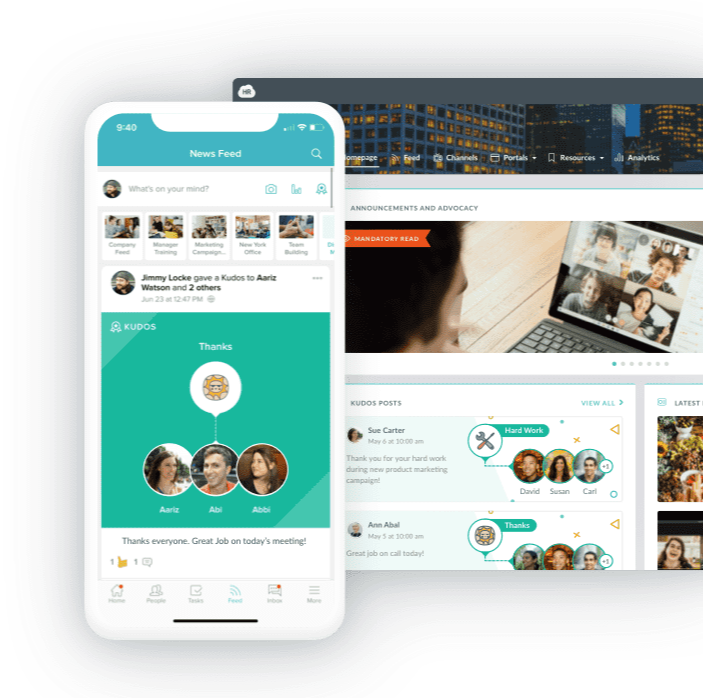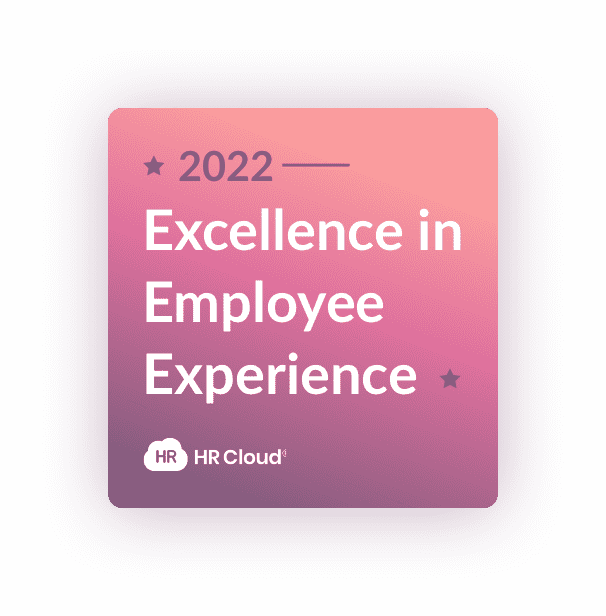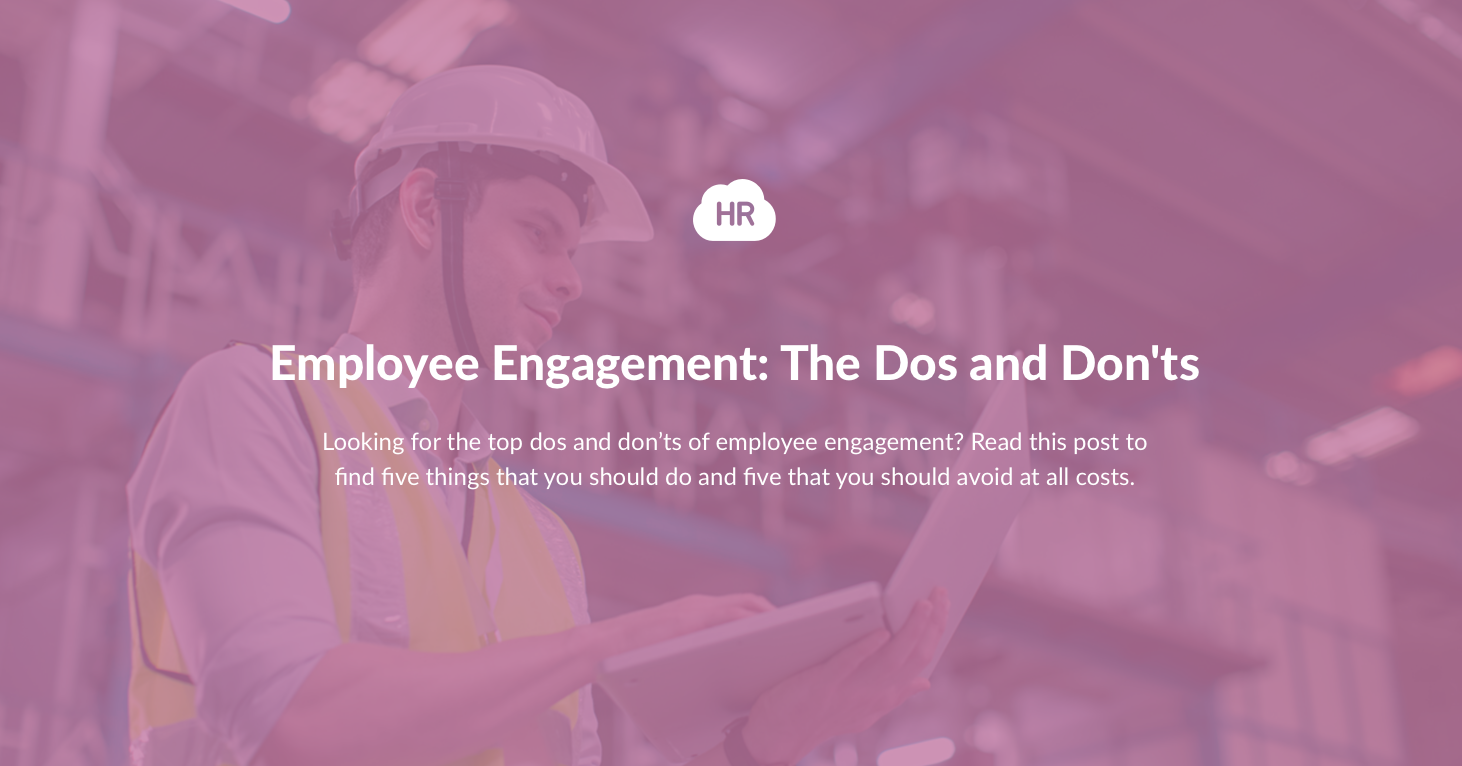Employee engagement is a priority for most companies, but they often don’t know the dos and don’ts that can make their initiatives a success. This post will help you understand how to engage and retain your employees the right way.
Did you know that 51% of US employees are disengaged from their work and 13% are actively disengaged?
That’s a cause for concern for employers and the reason why so many companies are actively investing in employee engagement programs.
But you must learn the dos and don’ts of employee engagement before you invest in such a program, to get the desired results.
What are the dos and don’ts of employee engagement?
Well, that’s what this post is about. In this post, I’ve listed some of the most important dos and don’ts of employee engagement that you should learn.
So, let’s get started.
Image via Gallup
Do These to Improve Employee Engagement
Here are some of the dos of employee engagement that you should implement to get the most out of your employee engagement strategies.
1. Build a Culture of Open Communication
The basic pillar of employee engagement is open communication. Build a company culture where employees are encouraged to directly walk in and talk to their managers or colleagues without hesitation.
Many big companies like Deloitte encourage employees to follow an open-door policy and foster a culture of open communication.
This also works the other way around. You should maintain transparency in all your communications with employees and convey important information frequently and accurately.
2. Run a Rewards and Recognition Program
One of the biggest dos of employee engagement is having a rewards and recognition program in your company.
Appreciate the excellent work done by your employees and reward them for their good performance.
Why?
Because employee appreciation rewards help build healthy competition among employees and motivates them to perform better.
You can also start an employee referral program where employees get rewarded for bringing in new talent. You can research the different types of referral programs that other companies offer and design one that keeps employees highly engaged and motivated.
3. Offer Training for Skill Development
One of the most important dos of employee engagement is to provide training and upskilling opportunities to your employees. After all, upskilling is an integral part of career development.
According to a Gallup poll, 65% of US workers consider training opportunities when selecting a company to work with. It also found that 45% of employees will switch jobs if they get better upskilling opportunities.
If you want to engage and retain your employees or attract the best talent, you need to strengthen your employee training program.
You can use online course platforms to offer a wide range of courses to your employees. These should include both technical and soft skills courses.
Also, incorporate employee training in performance goals for the year and ask them to spend a certain number of hours on training every year.
And if you don’t have the budget to offer free courses to your employees, you could always opt for internal training programs.
In these programs, you could make videos related to a particular topic and share them with your employees. They can thus see them whenever they deem it fit.
Alternatively, you could have special training sessions with them where you could showcase these videos and follow them up with training.
Social Intranet Software that Encourages Employee Communication

4. Provide Opportunities for Participation in Social Work
A good workplace is one where employees can participate in corporate social responsibility (CSR) activities. This gives them the opportunity to do more than their daily work and make a difference.
This is a great thing for your organization as well as society, making it a win-win situation for everyone involved.
5. Arrange Team-Building Activities and Outings
One of the dos of employee engagement involves hosting team-building activities and going for company outings.
Set aside a budget for such activities and arrange such events every quarter, if not every month, for engaging employees.
Why is it important for employee engagement?
It helps employees connect with each other and makes employees feel like a part of a community. This also helps them form a connection with your company and improves the overall employee experience.
These things go a long way in building loyalty and improving employee engagement and retention.

To learn even more about improving the employee experience and increasing your competitve advantage while providing a fast return on investment, download our ebook now.
Download nowDon’t Do These for Employee Engagement
Avoid these don’ts of employee engagement at all costs, to get the most out of your employee engagement program.
1. Ignore Employee Well-Being and Focus Only on the Output
Don’t treat employees as mere means to an end. Treat them as the complex human beings that they are and care about their well-being.
Focussing solely on the output and pushing employees to their limits will only cause burnout and dissatisfaction.
Why is that bad?
Other than the humane aspects of it, it’s bad for business because exhausted and demotivated employees don’t perform well. The best work is done when employees are excited about their work and motivated to do well.
Another reason why you don’t want your employees to be overworked is that it will lead to stress, frustration, and eventual resignation.
2. Expect Employees to Work After Office Hours
Adding to the previous point, one of the don’ts of employee engagement is expecting employees to work after hours.
Employees that take their work home are often stressed and this affects their personal lives. And when someone is unhappy in their personal life, they are not likely to do their best work or have a great work life.
It’s a vicious cycle.
As an employer, you can end this cycle by building a company culture where employees are not expected to work after office hours. Better yet, actively discourage this behavior by educating and instructing your managers and team leaders.
You can also build this culture by choosing the right performance KPIs. For example, reward employees who are efficient and get work done in less time rather than those who work extra hours.
Image via Launch Space
3. Stop Employees from Socializing with Each Other
If you’ve ever read a book or article on time management or good workplace practices, you’d know that taking breaks is actually good for employee productivity.
And when employees take breaks with their colleagues, it helps them connect better and work more efficiently as a team. So, don’t discourage employees from taking group coffee breaks and socializing with each other.
Pro Tip: To avoid people from misusing this flexibility you can use a time-tracking and activity logging tool that will record the time each employee spends on various activities.
4. Ignore the Insights from Employee Engagement Surveys
One of the biggest don’ts of employee engagement is ignoring the results of your employee feedback surveys.
Such surveys provide great insights into your employee engagement levels and the main causes of dissatisfaction among employees. They help you understand your employees’ pain points and work towards improving your work environment.
So, don’t ignore the results of employee surveys and take action to make changes and improvements based on the insights gathered from such surveys.
5. Set Unrealistic Expectations and Goals
Another one of the don’ts of employee engagement is setting unrealistic goals for employees that they’re most likely not going to achieve.
Why is that bad?
It’s bad for two reasons. First, you’re putting unnecessary stress on your employees, which can very easily lead to burnout. Second, you’re setting them up for failure, which reduces motivation and confidence.
Ideally, you’d want the exact opposite of this scenario. Confident, stress-free, and motivated employees perform well and give their best to their work.
So, when setting performance goals for your employees, use the SMART goals framework. It involves setting specific, measurable, achievable, relevant, and time-bound goals.
Such goals are achievable and when employees achieve their goals, they feel more confident and motivated. You get the gist, right?

Improving employee experience doesn't
need to be difficult - or expensive!
Ready to Implement the Dos and Don’ts of Employee Engagement?
Follow these dos and don’ts of employee engagement and you’ll have highly-motivated and high-performing employees.
The key is to boost employee morale through team building and CSR activities, reward and recognition programs, and a positive work environment.
If your employees are excited to come to work, they’re bound to perform better than they would under stress.
While you can’t accurately measure employee engagement, these tips will definitely help you make a visible impact.
So, start implementing the dos and avoid the don’ts of employee engagement and boos your employees’ performance and engagement. Good luck!
About Author:
Gaurav Sharma is the founder and CEO of Attrock, a results-driven digital marketing company. Grew an agency from 5-figure to 7-figure revenue in just two years | 10X leads | 2.8X conversions | 300K organic monthly traffic. He also contributes to top publications like HuffPost, Adweek, Business 2 Community, TechCrunch, and more.

The HR Cloud Award
for Excellence in Employee Experience
Participation is free and winners receive:
- A $25 Amazon Gift Card
- Feature on the HR Cloud website and social media
- Digital badge + certificate to share on your website recruitment materials
Keep Reading
Balancing Technology and the Human Touch in Employee Engagement
Companies are taking employee engagement very seriously because it is one of the ways of
Building Strong Teams: The Power of Team Bonding Exercises
Never overestimate the power of collaboration as a core element of effective team



